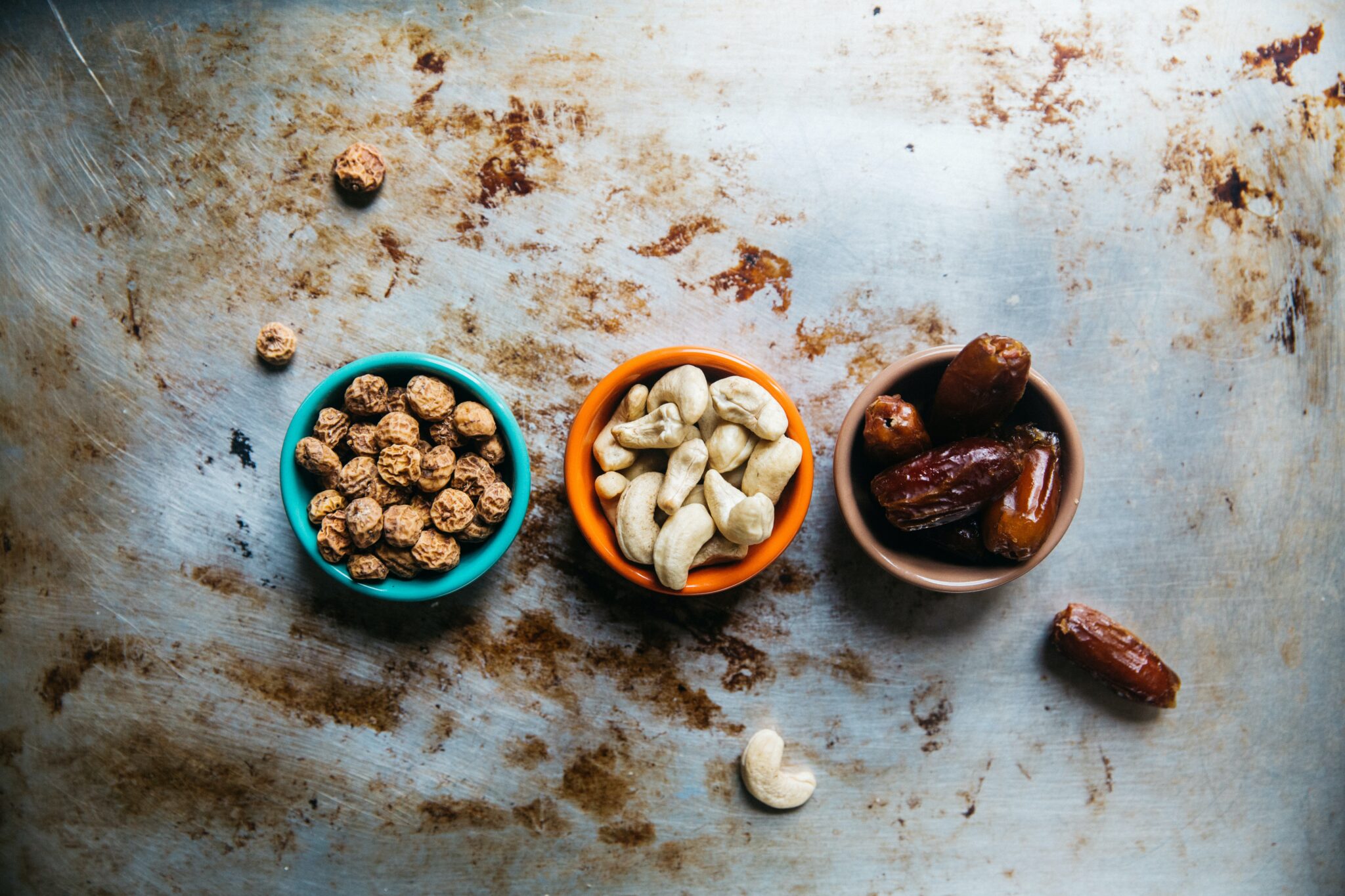For part one of the series, head here. There are so many delicious and nutritious super foods available, here are some more foods to try with your baby that the whole family can enjoy too:
Nuts – these are tiny powerhouses of nutrition. They are also controversial as possible causes of allergy. Check with your naturopathic doctor or pediatrician before introducing. Nut butters from almonds, cashews and hazelnuts offer protien and healthy fats with lots of minerals in small servings. Seed butters are also rich sources of nutrition. Spread thinly on fruit slices or crackers or stir into apple sauce and puddings. Nut butters can also be used to bake and make grain free treats like Pumpkin Gingerbread. Spices in the bread give an extra antioxidant punch to this cake and wicked zippy flavour!
Squash – this hardy fruit/vegetable is a versatile wonder. Rich in vitamin A (through beta carotene) and C it also contains many necessary minerals, B vitamins and vitamin K. It can be halved, cleaned out and simply roasted or cut in chunks and steamed. Well cooked pieces can be the ideal finger food for little ones and Squash Soup is a delicious meal for the whole family.
Mango – luscious fruit that one toddler once dubbed “not for sharing” mangos have a lovely tart taste and creamy texture when ripe. Blending mango with breast milk or formula creates a truly simple baby food. Mangos are rich in vitamins A and C as well as prebiotic fibre and some minerals. A quick and easy treat is a Mango Lassi, yogurt, ice and mango whirled into a delicious smoothie.
Avocados – creamy and delicious, avocados feature healthy fats required for brain development and function. Also, the fat in avocados helps increase conversion of beta carotene into the active form of vitamin A. Simply cut in half, remove the pit and enjoy with a spoon. Mash with breast milk or formula for a quick and easy baby food. Can be blended with any other fruit or vegetable to increase fat content and give a creamy texture. For a fancy dessert with the citrus punch of lime why not try Avocado Lime Mousse. Don’t use honey in this dessert if feeding to the under two crowd. Take out a portion for your baby before adding the sweetener for the rest of the family or use just a touch of maple syrup.
Salmon – wild caught is best. Salmon contains B vitamins (in particular B12!), it is rich in vitamin D, minerals and omega 3 fatty acids essential for good cell development. Salmon is mild tasting and can adapt to any seasonings. For little ones, flaking fish into smaller bits and blending with breast milk or formula provides a good start. Always be sure to check for bones. For older children letting them finger feed and break fish up themselves can be a nice tactile experience. Make tiny fish cakes by blending mashed fish with boiled, mashed sweet potato. You can roll in egg and then almond flour. Bake until firm. Makes a quick and easy meal. Or you can make a more sophisticated Salmon and Sweet Potato Fish Cake for the rest of the family.
Chickpeas – contain minerals especially the all important iron, protein and fibre. They can be blended with breast milk or formula to make “baby hummus”. As baby eats more foods there can be a shift to more conventional hummus, adding one new ingredient at a time to see how baby tolerates and likes them. Hummus is so easy to make! You can vary spices and how you top it. Hummus will also freeze so you can put it in small single serve cups and then pop the frozen dip as an ice pack in a child’s lunch. It will be thawed for dipping when meal time rolls around.
For more information about the nutrients in foods and how they affect your health, follow this link.






